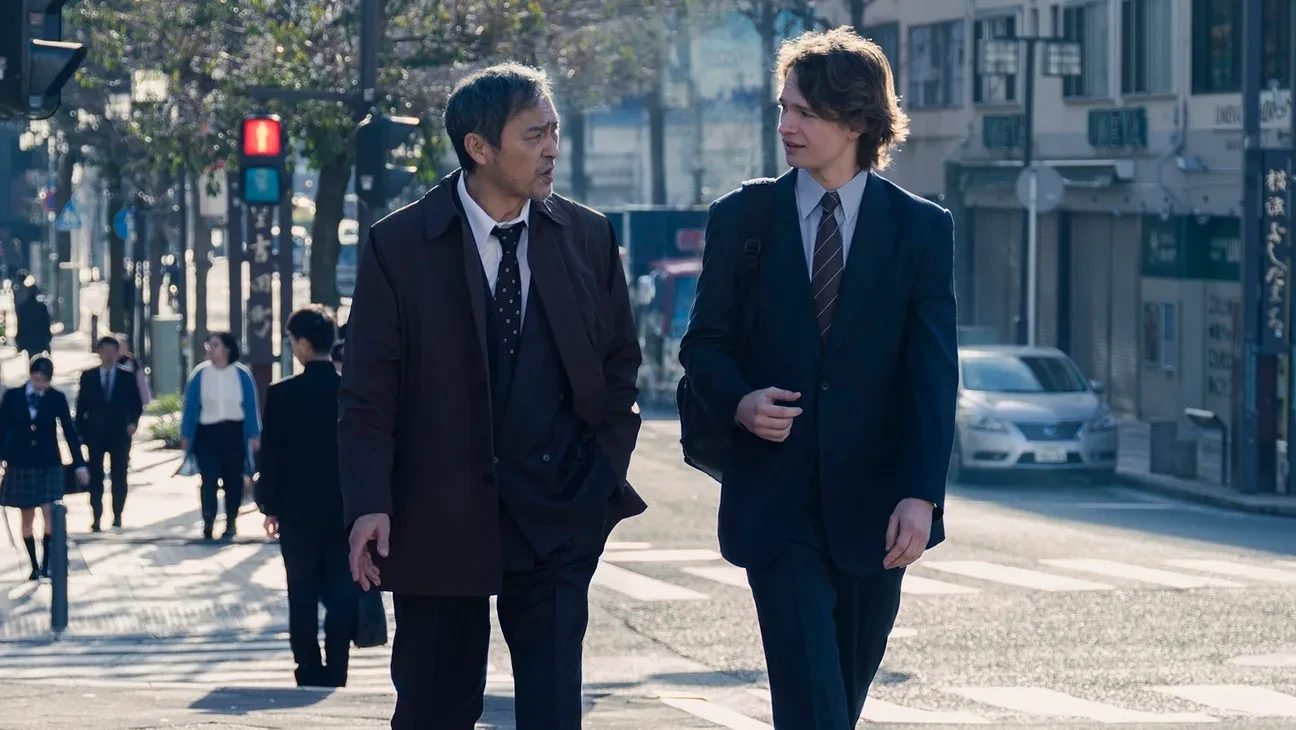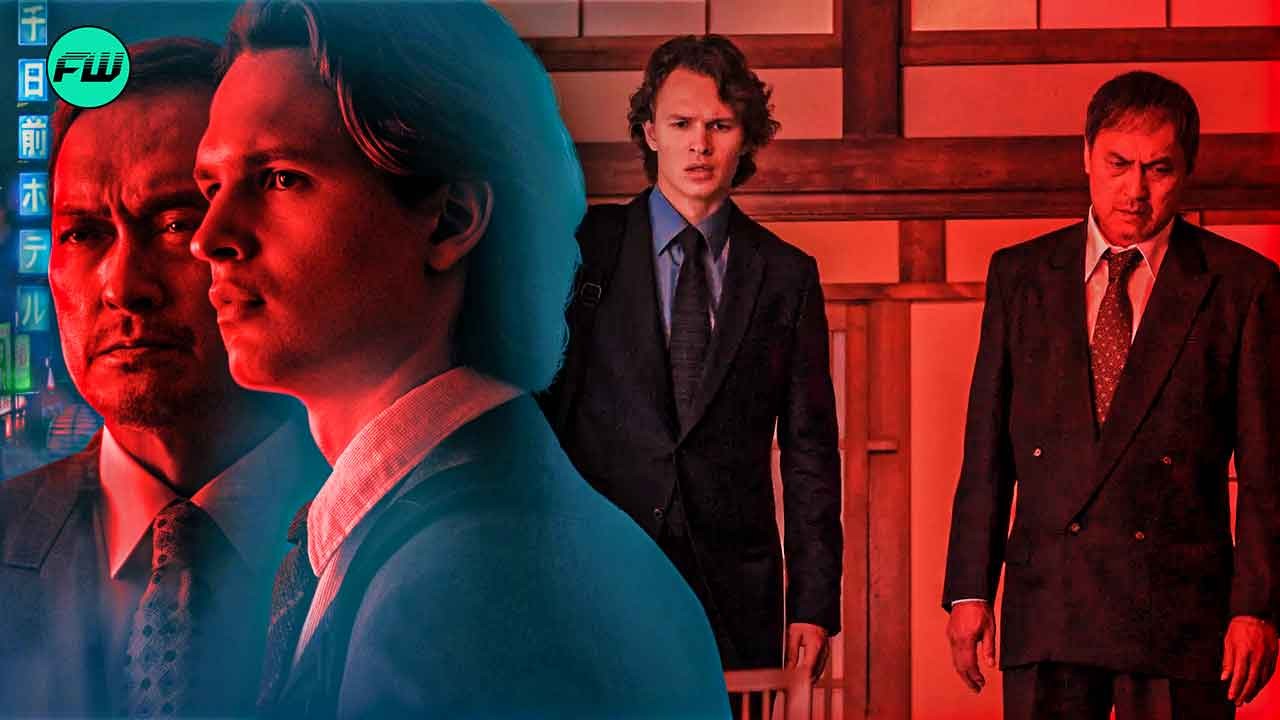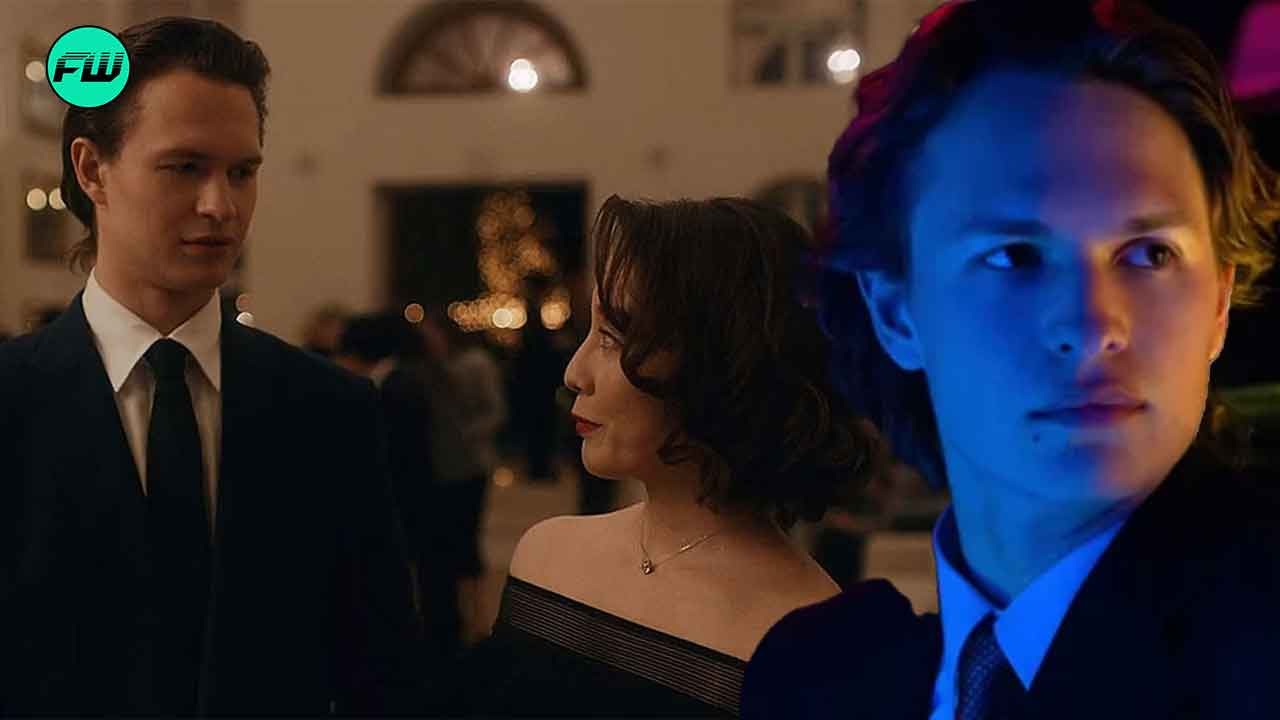Tokyo Vice‘s conclusion in Season 2 echoes a particular moment from Season 1, something that the show’s writers and creators designed to distinguish the story from an American production, which would have had a different ending had it been so.

The story of the two-season show (as of now) follows American journalist Jake Adelstein, who explores the dark underbelly of Tokyo, uncovering mysteries of the Japanese Yakuza as the first foreign journalist in the country. He works with the Vice squad of the city, working with Hiroko Katagiri, a senior officer in law enforcement.
Season 2 of Tokyo Vice echoed a particular Season 1 moment

Season 2 of Tokyo Vice ends with Ken Watanabe‘s character sitting and having a conversation with Jake, echoing Season 1 when the character met for the first time. This was by design, as stated by J.T Rogers to Entertainment Weekly:
“I knew for many, many months that I wanted the last scene of the season to be Jake and Katagiri sitting on the porch having a whiskey, which is how their whole relationship began. He explained to him in that scene, ‘This is how power works.’ The journey those two characters have been going on ever since was spelled out that early in a 60-second speech from Ken to Ansel.”
The idea was to talk about the power in Tokyo and reinforce the idea that power is different in America than it is in Japan. The show takes an insanely nuanced approach to how law enforcement looks at managing law and order, and how it can vary from country to country and even city to city.
The end of the show is key to understanding how differently Tokyo Vice looks at the question of power

Series director Alan Poul talked about why the show ended the way it did and opened up about how the story would have ended differently in an American version of the story. He said:
“In the American version of this story, the article would’ve been published, because the truth always comes out and the press always helps the cause of freedom.This is a much more realistic ending from the Japanese side, where you find out that the somewhat benevolent editor-in-chief not only isn’t going to run the piece, but was also responsible for destroying the videotape”
The idea was that the characters would face a more real repercussion to the story than what we would see in an American crime story. It is often that we see journalism as an impregnable institution, one that exposes the corrupt.
Once it is in the hands of journalists, nothing can stop the machinery from printing it, and the public demanding justice for it. However, in the Japanese version of the story, the idea is snuffed, out and even destroyed to keep the peace with the Yakuza, as its publication could have caused a riot from the organized crime in the city. This was a more realistic note from the Japanese perspective, as opposed to the freedom-loving, American one.


